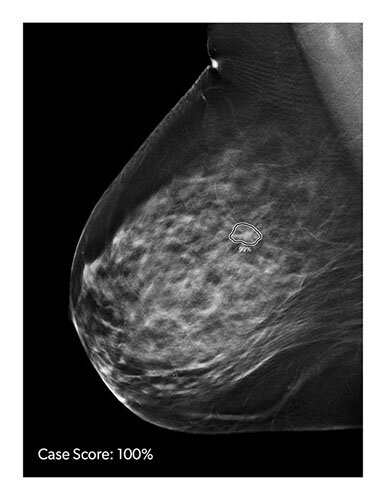Gene that Magnetically Labels Cells has Potential for MRI Applications
By MedImaging staff writers
Posted on 26 Jun 2008
Mammalian cells can produce tiny magnetic beads after the injection of a single gene from bacteria, scientists have found. The gene, called MagA, could become an effective tool for monitoring cells' movement through the body via magnetic resonance imaging (MRI).Posted on 26 Jun 2008
"We have found a very simple way to make mammalian cells have a magnetic signature,” remarked Xiaoping Hu, Ph.D., professor of biomedical engineering at Emory University (Atlanta, GA, USA), the Georgia Institute of Technology (Atlanta, GA, USA), and director of Emory's Biomedical Imaging Technology Center. The study's findings were published in the June 2008 issue of the journal Magnetic Resonance in Medicine.
The gene MagA comes from magnetotactic bacteria, which can sense the Earth's magnetic field. It encodes a protein that transports dissolved iron across cell membranes. When put into animal cells, MagA initiates the accumulation of lumps of magnetite (iron oxide) a few nanometers wide, making the cells prominently visible under magnetic resonance imaging.
Although the researches evaluated MagA's effects in human kidney cells, according to Dr. Hu, it will in all probability be most useful in transgenic animals. He and his colleagues discovered that MagA appears to be nontoxic. "MagA can be thought of as the equivalent of green fluorescent protein, but for magnetic resonance imaging,” he said.
Scientists worldwide use green fluorescent protein, originally found in jellyfish, to map the connections of the nervous system or follow the migration of stem cells around the body, for example. According to Dr. Hu, he expects that MagA could find similar applications, with the advantage that magnetic fields can penetrate tissues more easily than light.
Related Links:
Emory University
Georgia Institute of Technology














